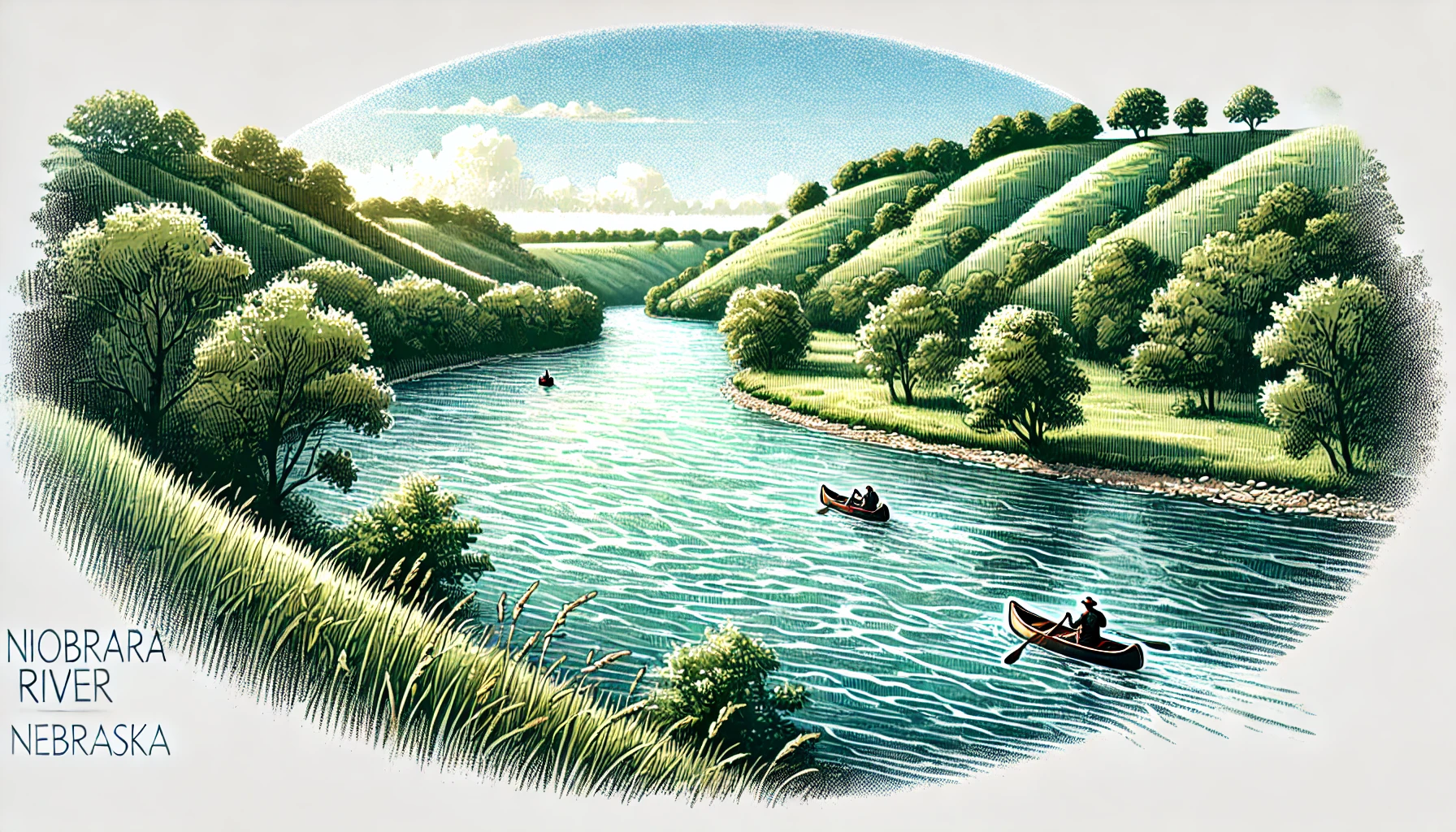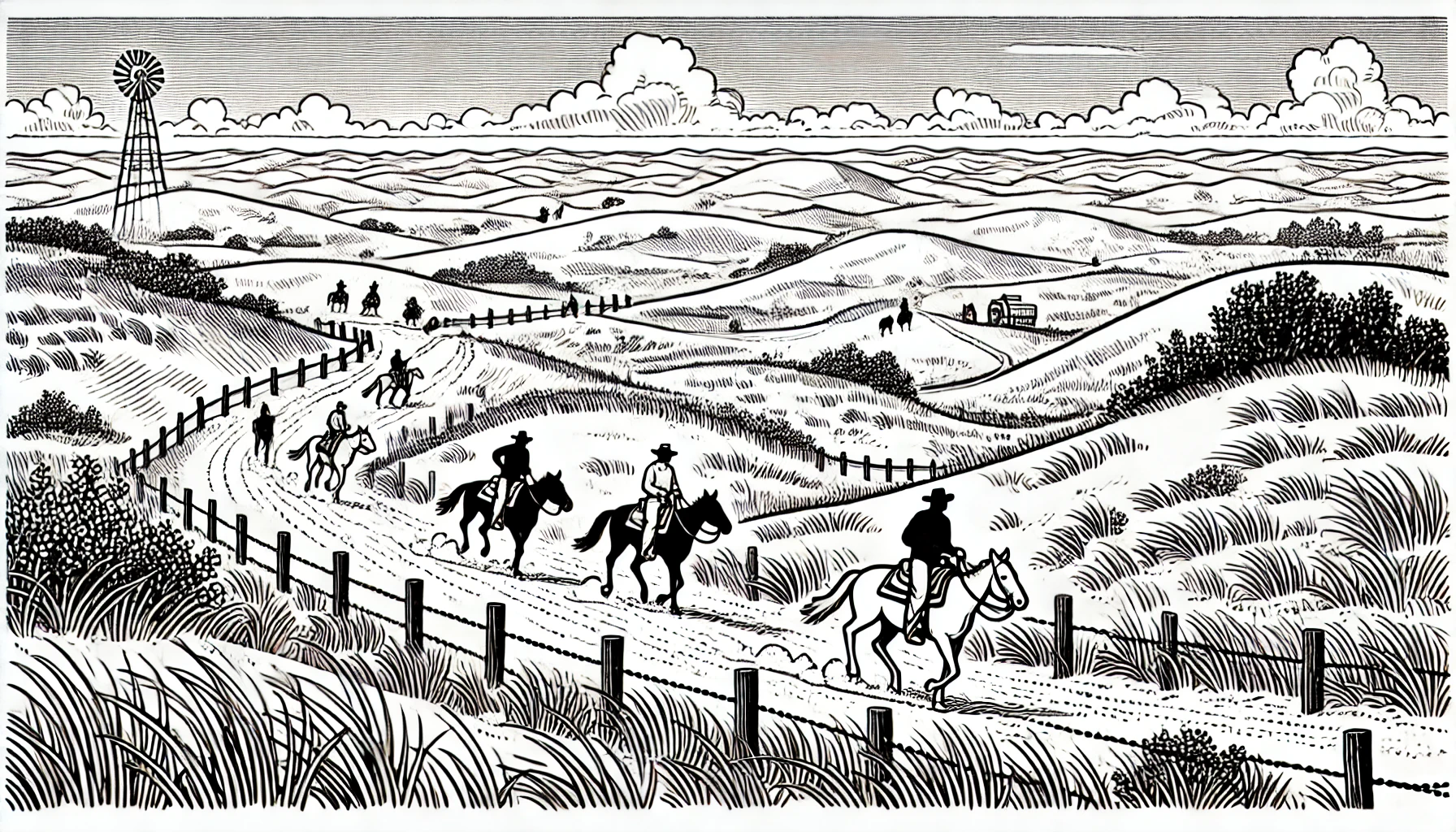Wildlife Friendly Farming Practices in Nebraska

Traveling through Nebraska, one is struck by the vast expanse of rolling hills, prairies, and farmland that seem to stretch on forever. As a state with agriculture as its backbone, Nebraska is home to a diverse range of farming practices, some of which prioritize the conservation and protection of local wildlife. In this article, we will delve into the concept of wildlife friendly farming practices, exploring its benefits, implementation, and examples from across the Cornhusker State.
Wildlife friendly farming practices aim to create a harmonious balance between agricultural production and wildlife conservation. This approach recognizes the interconnectedness of ecosystems and seeks to minimize the negative impacts of farming on local wildlife. By adopting wildlife friendly practices, farmers can not only contribute to the preservation of Nebraska's natural heritage but also reap economic benefits through sustainable agriculture. One prominent example of wildlife friendly farming can be seen in the work of the Xerces Society, a non-profit organization that partners with farmers to implement conservation practices such as reducing pesticide use and creating pollinator-friendly habitats.
In Nebraska, the Sandhills region presents a unique opportunity for wildlife friendly farming. This vast area of grasslands and wetlands is home to a diverse range of wildlife, including prairie chickens, pheasants, and numerous species of raptors. Farmers in this region can adopt practices such as rotational grazing, which allows for more efficient use of land while minimizing the impact on local wildlife. The Platte River, which runs through the heart of Nebraska, is also an important habitat for numerous species of fish and birds. Farmers along the Platte can implement practices such as riparian buffer zones, which help to protect the river's ecosystem and support biodiversity.
One notable example of wildlife friendly farming in Nebraska can be found at the University of Nebraska-Lincoln's Agricultural Research and Development Center (ARDC) in North Platte. This research station is dedicated to exploring sustainable agriculture practices, including those that benefit local wildlife. Researchers at the ARDC have developed a range of wildlife-friendly conservation practices, such as planting pollinator-friendly crops and creating habitat for beneficial insects. Another example can be seen at the nearby Crescent Lake National Wildlife Refuge, which works with local farmers to implement wildlife-friendly practices such as reduced tillage and cover cropping.
The benefits of wildlife friendly farming practices extend beyond the local ecosystem. By promoting sustainable agriculture, these practices can help to mitigate climate change, improve water quality, and protect soil health. Furthermore, wildlife friendly farming can provide economic benefits to farmers through premium prices for sustainably produced crops. To support these practices, the U.S. Department of Agriculture (USDA) offers various programs and incentives, such as the Conservation Stewardship Program (CSP) and the Environmental Quality Incentives Program (EQIP).
In addition to these programs, state and local governments in Nebraska are also working to promote wildlife friendly farming practices. The Nebraska Game and Parks Commission, for example, offers technical assistance and financial support to farmers who implement conservation practices on their land. The Nebraska Natural Resources Commission also provides funding for projects that promote sustainable agriculture and wildlife conservation.
While there is still much work to be done to promote wildlife friendly farming practices in Nebraska, there are many examples of farmers, researchers, and policymakers working together to achieve this goal. As we continue to navigate the complex relationships between agriculture, conservation, and wildlife protection, it is clear that wildlife friendly farming practices have a critical role to play in preserving the natural beauty and biodiversity of the Cornhusker State.
Overall, wildlife friendly farming practices represent a promising approach to sustainable agriculture in Nebraska, one that balances the needs of both farmers and wildlife. By promoting these practices, we can work towards a future where agriculture and conservation coexist in harmony.
Wildlife friendly farming practices aim to create a harmonious balance between agricultural production and wildlife conservation. This approach recognizes the interconnectedness of ecosystems and seeks to minimize the negative impacts of farming on local wildlife. By adopting wildlife friendly practices, farmers can not only contribute to the preservation of Nebraska's natural heritage but also reap economic benefits through sustainable agriculture. One prominent example of wildlife friendly farming can be seen in the work of the Xerces Society, a non-profit organization that partners with farmers to implement conservation practices such as reducing pesticide use and creating pollinator-friendly habitats.
In Nebraska, the Sandhills region presents a unique opportunity for wildlife friendly farming. This vast area of grasslands and wetlands is home to a diverse range of wildlife, including prairie chickens, pheasants, and numerous species of raptors. Farmers in this region can adopt practices such as rotational grazing, which allows for more efficient use of land while minimizing the impact on local wildlife. The Platte River, which runs through the heart of Nebraska, is also an important habitat for numerous species of fish and birds. Farmers along the Platte can implement practices such as riparian buffer zones, which help to protect the river's ecosystem and support biodiversity.
One notable example of wildlife friendly farming in Nebraska can be found at the University of Nebraska-Lincoln's Agricultural Research and Development Center (ARDC) in North Platte. This research station is dedicated to exploring sustainable agriculture practices, including those that benefit local wildlife. Researchers at the ARDC have developed a range of wildlife-friendly conservation practices, such as planting pollinator-friendly crops and creating habitat for beneficial insects. Another example can be seen at the nearby Crescent Lake National Wildlife Refuge, which works with local farmers to implement wildlife-friendly practices such as reduced tillage and cover cropping.
The benefits of wildlife friendly farming practices extend beyond the local ecosystem. By promoting sustainable agriculture, these practices can help to mitigate climate change, improve water quality, and protect soil health. Furthermore, wildlife friendly farming can provide economic benefits to farmers through premium prices for sustainably produced crops. To support these practices, the U.S. Department of Agriculture (USDA) offers various programs and incentives, such as the Conservation Stewardship Program (CSP) and the Environmental Quality Incentives Program (EQIP).
In addition to these programs, state and local governments in Nebraska are also working to promote wildlife friendly farming practices. The Nebraska Game and Parks Commission, for example, offers technical assistance and financial support to farmers who implement conservation practices on their land. The Nebraska Natural Resources Commission also provides funding for projects that promote sustainable agriculture and wildlife conservation.
While there is still much work to be done to promote wildlife friendly farming practices in Nebraska, there are many examples of farmers, researchers, and policymakers working together to achieve this goal. As we continue to navigate the complex relationships between agriculture, conservation, and wildlife protection, it is clear that wildlife friendly farming practices have a critical role to play in preserving the natural beauty and biodiversity of the Cornhusker State.
Overall, wildlife friendly farming practices represent a promising approach to sustainable agriculture in Nebraska, one that balances the needs of both farmers and wildlife. By promoting these practices, we can work towards a future where agriculture and conservation coexist in harmony.
